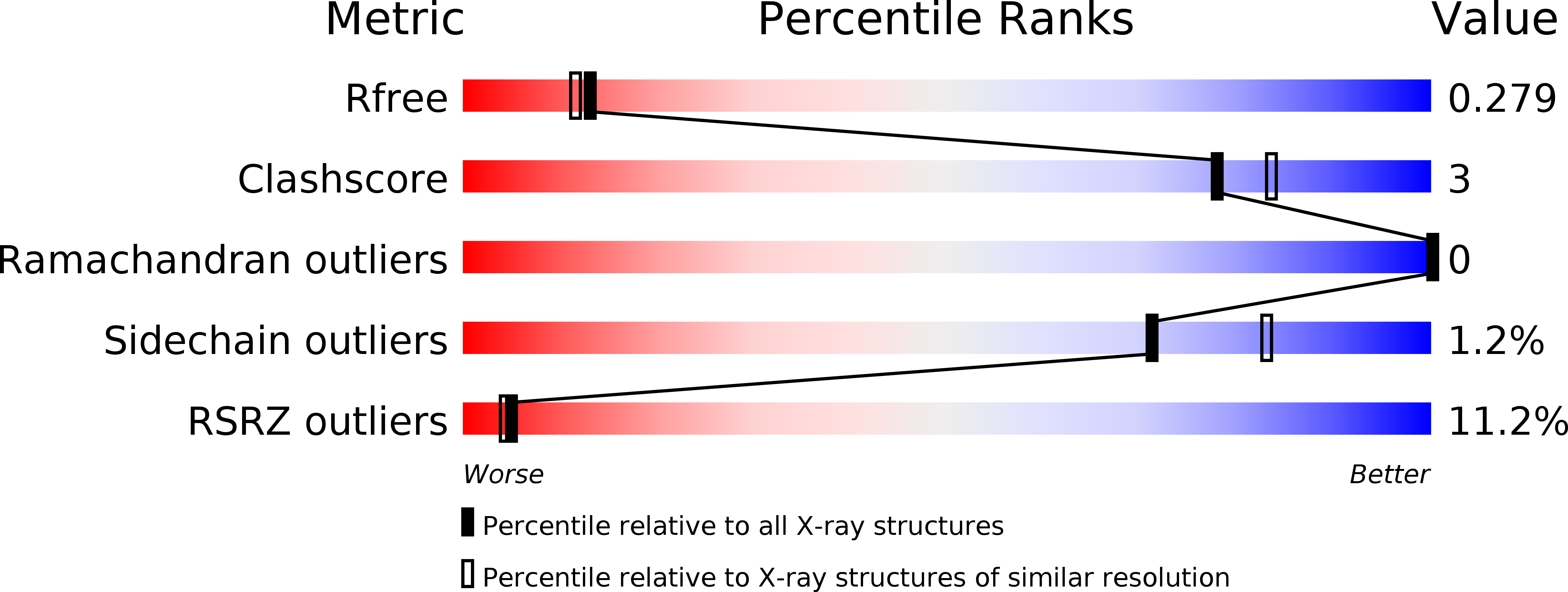
Deposition Date
2006-01-10
Release Date
2007-01-16
Last Version Date
2024-03-13
Entry Detail
PDB ID:
2FMY
Keywords:
Title:
CO-dependent transcription factor CooA from Carboxydothermus hydrogenoformans (Imidazole-bound form)
Biological Source:
Source Organism:
Carboxydothermus hydrogenoformans (Taxon ID: 129958)
Host Organism:
Method Details:
Experimental Method:
Resolution:
2.20 Å
R-Value Free:
0.24
R-Value Work:
0.20
R-Value Observed:
0.20
Space Group:
P 1 21 1


